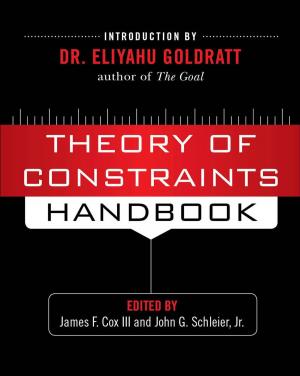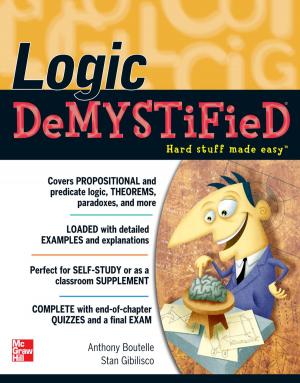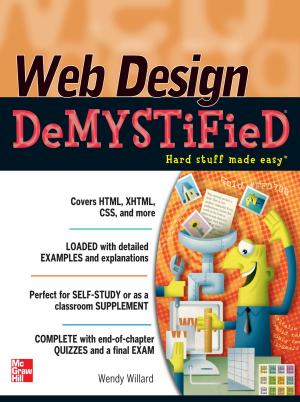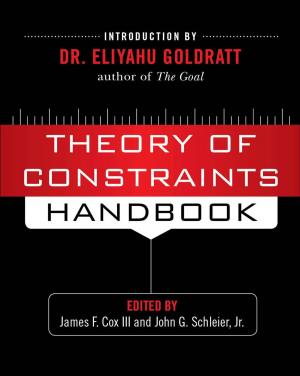26 - Theory of Constraints for Education
Business & Finance, Industries & Professions, Quality Control| Author: | Kathy Suerken | ISBN: | 9780071717755 |
| Publisher: | McGraw-Hill Companies,Inc. | Publication: | April 9, 2010 |
| Imprint: | McGraw-Hill Professional | Language: | English |
| Author: | Kathy Suerken |
| ISBN: | 9780071717755 |
| Publisher: | McGraw-Hill Companies,Inc. |
| Publication: | April 9, 2010 |
| Imprint: | McGraw-Hill Professional |
| Language: | English |
The purpose of this chapter is to convey how the TOC thinking and communication tools are being used to enable students of all ages and cultures to take responsibility for what they learn and how they behave. These logic based tools provide the questions and methodology for learners to systematically derive and take ownership of answers to problems whether they are in a text book, on the playground or in a stalled improvement plan. Compelling case studies, testimonials and academic research will demonstrate how and why these simple, graphic, and practical tools: Enable students to analyze rather than memorize Address issues of bullying and impulsive behaviors Make learning relevant to everyday life Differentiate instruction for students with disparate levels of knowledge, skills and interest Enable students to learn curriculum and life skills at the same time Are simple enough to be used by kindergartners but profound enough to be used by CEO's
The purpose of this chapter is to convey how the TOC thinking and communication tools are being used to enable students of all ages and cultures to take responsibility for what they learn and how they behave. These logic based tools provide the questions and methodology for learners to systematically derive and take ownership of answers to problems whether they are in a text book, on the playground or in a stalled improvement plan. Compelling case studies, testimonials and academic research will demonstrate how and why these simple, graphic, and practical tools: Enable students to analyze rather than memorize Address issues of bullying and impulsive behaviors Make learning relevant to everyday life Differentiate instruction for students with disparate levels of knowledge, skills and interest Enable students to learn curriculum and life skills at the same time Are simple enough to be used by kindergartners but profound enough to be used by CEO's















